DEALING WITH PRIMARY INFERTILITY: A SUCCESSFUL LIVE BIRTH AGAINST ALL ODDS

A couple, Mr and Mrs A*, visited Dr Mona Shroff, IVF & Fertility specialist at Nova IVF Fertility, Surat, Gujarat. The couple reported primary infertility for 12 years. After taking a thorough medical history, Dr Mona advised the couple to undergo a few tests. Mrs A was diagnosed with poor ovarian reserve with AFC of ⅔ and AMH levels of 1.4 ng/mL. Mr. A’s semen analysis revealed that he had 100% morphologically abnormal sperms with 99% pinhead sperms.
The Diagnosis
After evaluating the report, Dr Mona informed the couple about primary infertility in both of them; Severe Teratozoospermia in Mr A and a poor ovarian reserve in Mrs A. The couple underwent counselling and were informed of the poor treatment outcome in their case. However, the couple insisted on using self -sperms and opted for ICSI (Intracytoplasmic Sperm Injection).
What is Primary Infertility?
Primary infertility is when a couple is unable to conceive after a minimum of one year of attempting to get pregnant without any protective measures. There can be many physical and emotional factors that can result in primary infertility. Primary infertility can occur due to a condition in the man, the woman, or both.
What is Severe Teratozoospermia?
1/3rd of the fertility cases in the world arises from the male factor. Teratospermia, also called teratozoospermia, is a condition in which the sperms produced by the man have an abnormal shape. This can occur due to a defect in the head, midpiece, or tail. The abnormal shape affects the sperm’s chances of fertilizing the eggs.
Having 10-14% normal sperm morphology is mild teratozoospermia, whereas normal sperm morphology between 5-9% is called moderate teratozoospermia. When normal morphology is found in less than 5% of sperms, it is a condition of severe teratozoospermia.
More About Pinhead Sperm
Mr A’s sperm morphology revealed that he had pinhead sperms, which refers to a type of microcephalic (with a small head) sperm that has little or no DNA material.
What is a Poor Ovarian Reserve?
Mrs A was diagnosed with poor ovarian reserve. Poor or diminished ovarian reserve means having a lesser number of poor-quality eggs. The average number of eggs in a woman is dependent on her age and continues to reduce as she grows old.
Apart from age, there can be many causes for low ovarian reserve, such as:
- Tubal disease
- Endometriosis
- History of ovarian surgery
- Pelvic infection
- Smoking
- Chemotherapy or radiation therapy
- Genetic issues
In a few cases, there is no apparent cause for low ovarian reserve.
Beating All the Odds!
Mrs A was stimulated as per the antagonist protocol, and 5 oocytes were retrieved. Out of the 5 oocytes, 4 were in metaphase II. Mr A’s semen sample revealed 99% pinhead sperms with very few bent-neck sperms.
A Density Gradient (DG) was carried out, followed by Magnetic Activated Cell Sorting (MACS) on post-DG semen samples.
The Final Steps to Lifelong Happiness
Dr Mona performed ICSI with the bent-neck sperms having a normal head. 3 oocytes were fertilized (The fertilization rate was 75%.) and two cleavage-stage embryos were transferred into Mrs A. This resulted in a singleton pregnancy with a successful live birth at full term.
With the right diagnosis and appropriate intervention, no odds are unbeatable, just like in the case of Mrs. A and her husband. Cases where the man and woman contribute to primary fertility are challenging to treat but are definitely, not impossible!
 Infertility Counselling
Infertility Counselling Female Infertility Treatment
Female Infertility Treatment Andrology Treatment
Andrology Treatment Fertility Enhancing Surgeries - Female
Fertility Enhancing Surgeries - Female Fertility Enhancing Surgeries - Male
Fertility Enhancing Surgeries - Male Endoscopy Treatment
Endoscopy Treatment IUI Treatment
IUI Treatment IVF Treatment
IVF Treatment ICSI Treatment
ICSI Treatment Advanced IVF Solutions
Advanced IVF Solutions Embryology
Embryology Vitrification Egg, Embryo, Sperm Freezing
Vitrification Egg, Embryo, Sperm Freezing Preimplantation Genetic Testing (PGT)
Preimplantation Genetic Testing (PGT) Donation Program Embryo / Egg / Sperm
Donation Program Embryo / Egg / Sperm Self-cycleTM IVF
Self-cycleTM IVF

 Self-cycleTM IVF
Self-cycleTM IVF


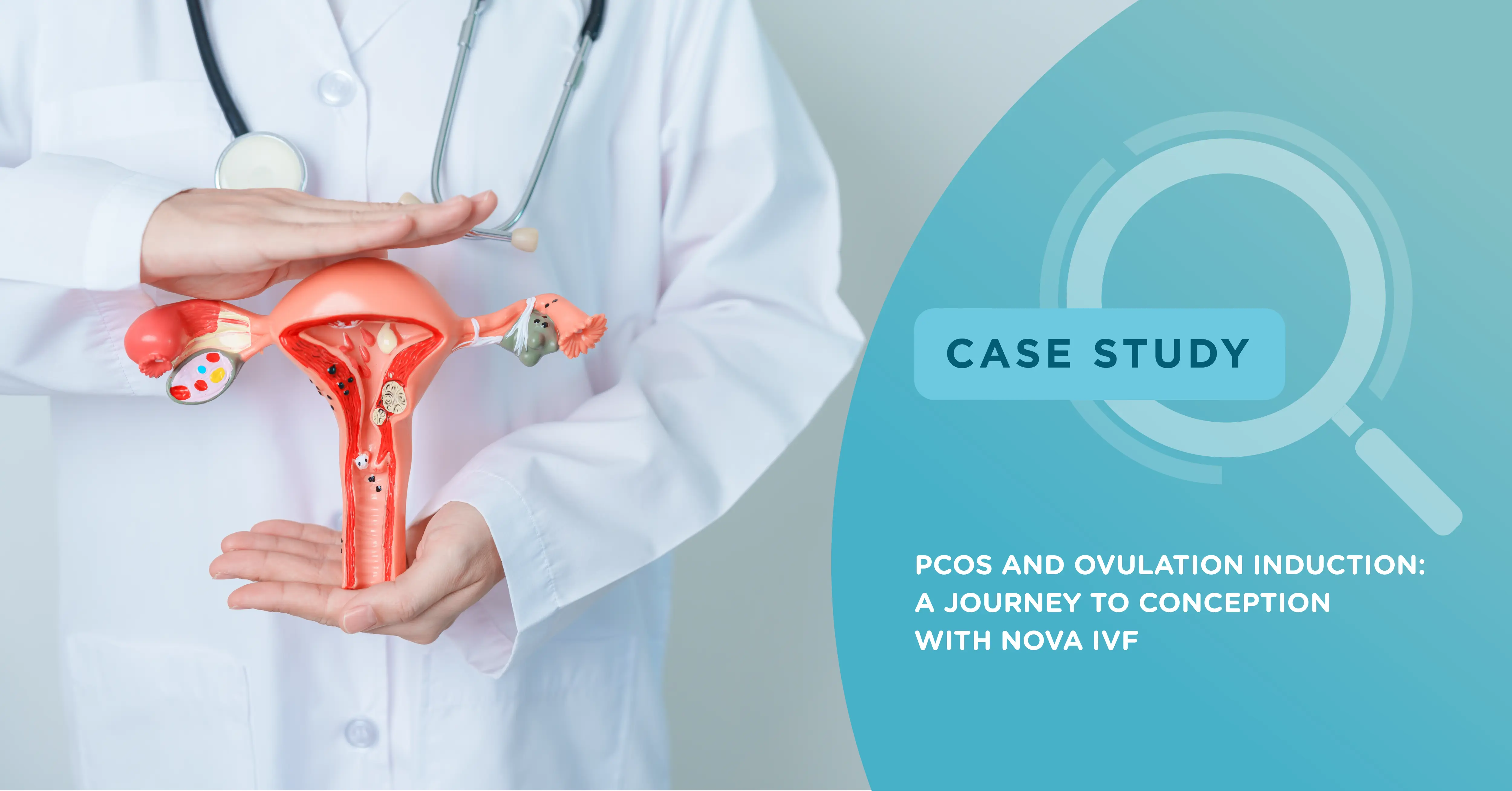
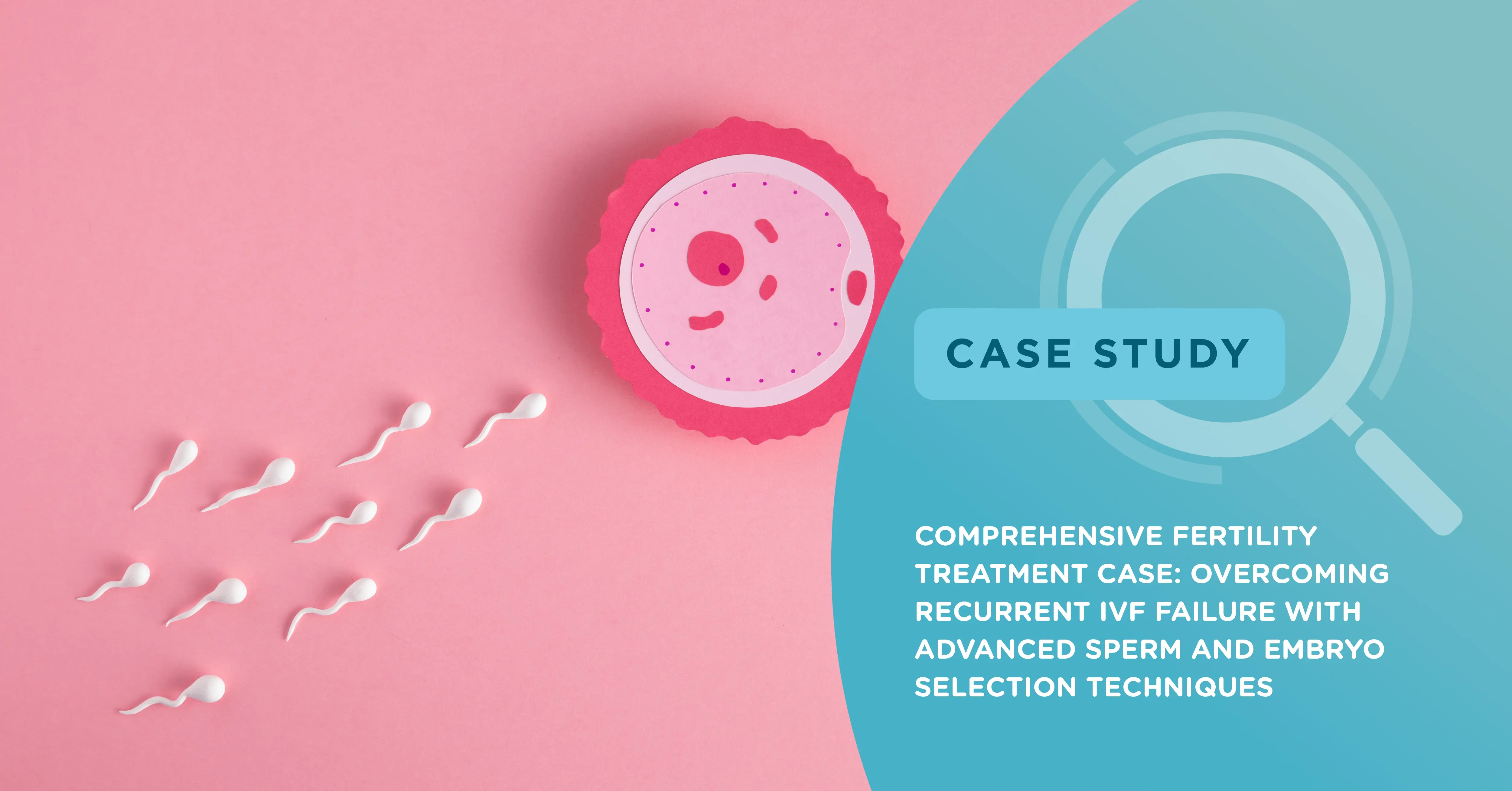
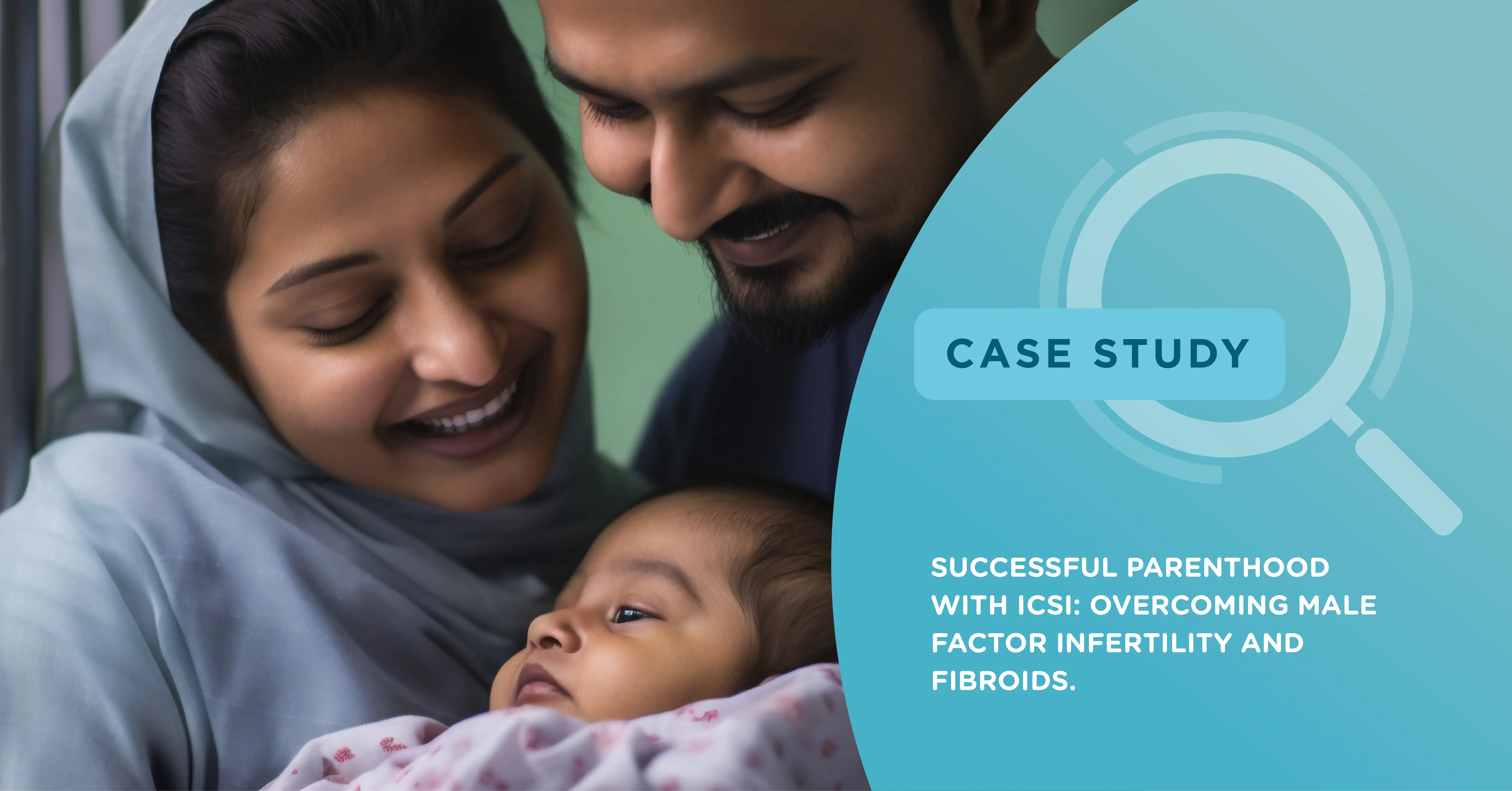
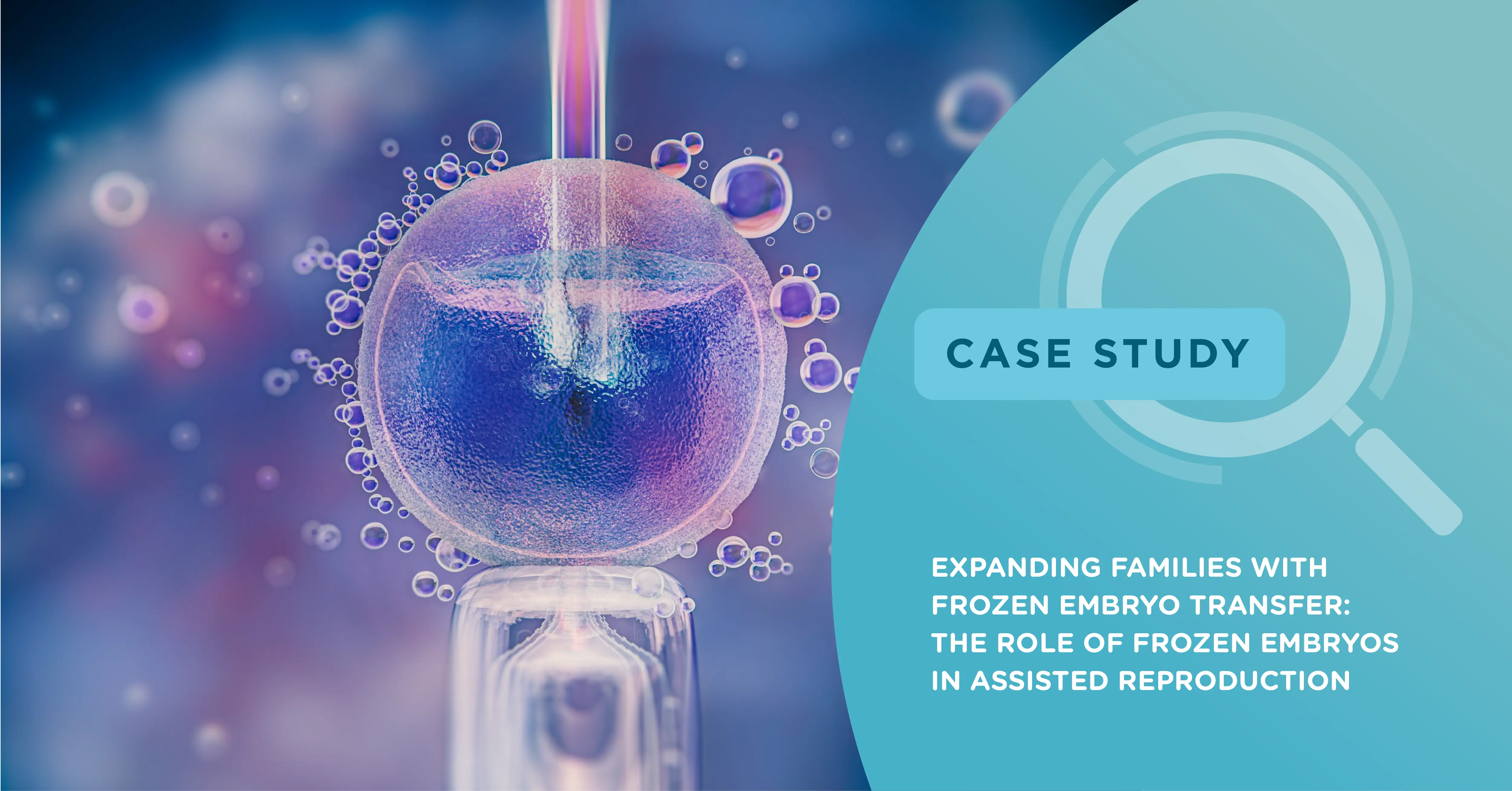

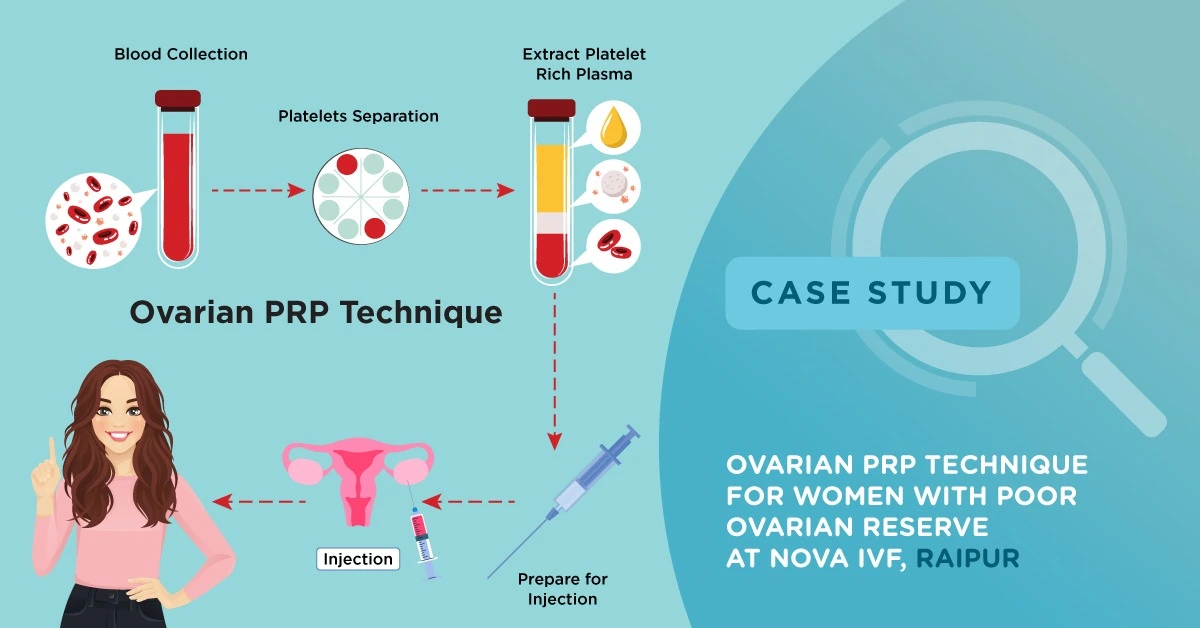
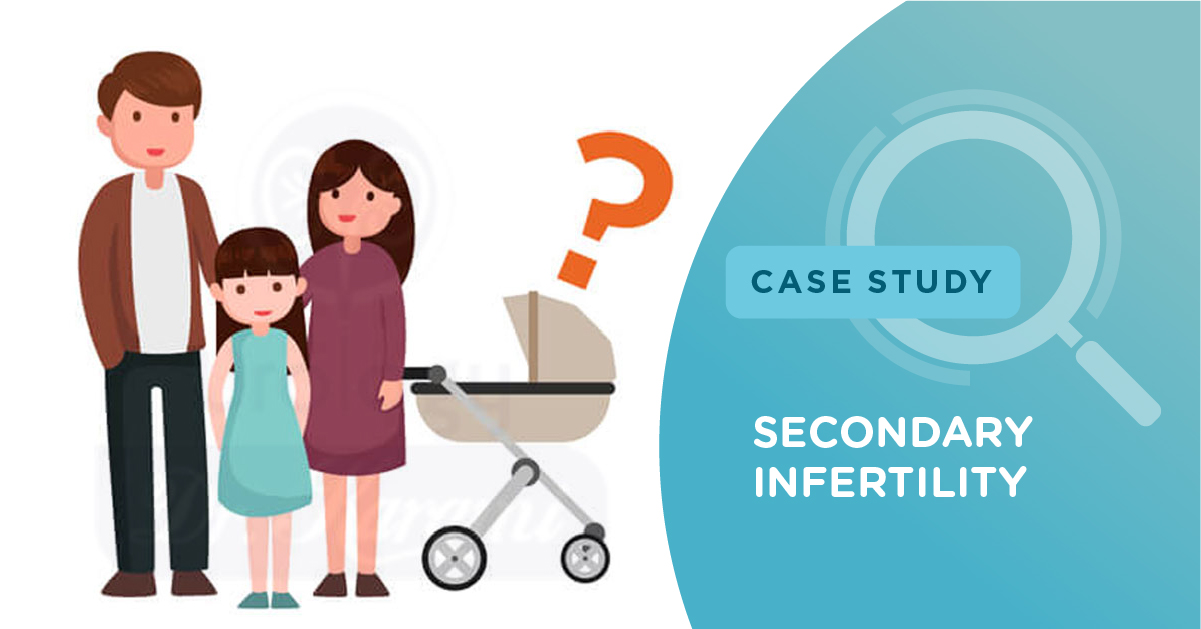
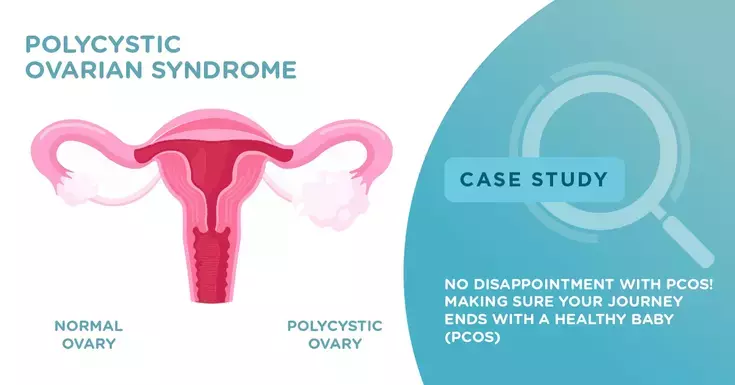






Add new comment